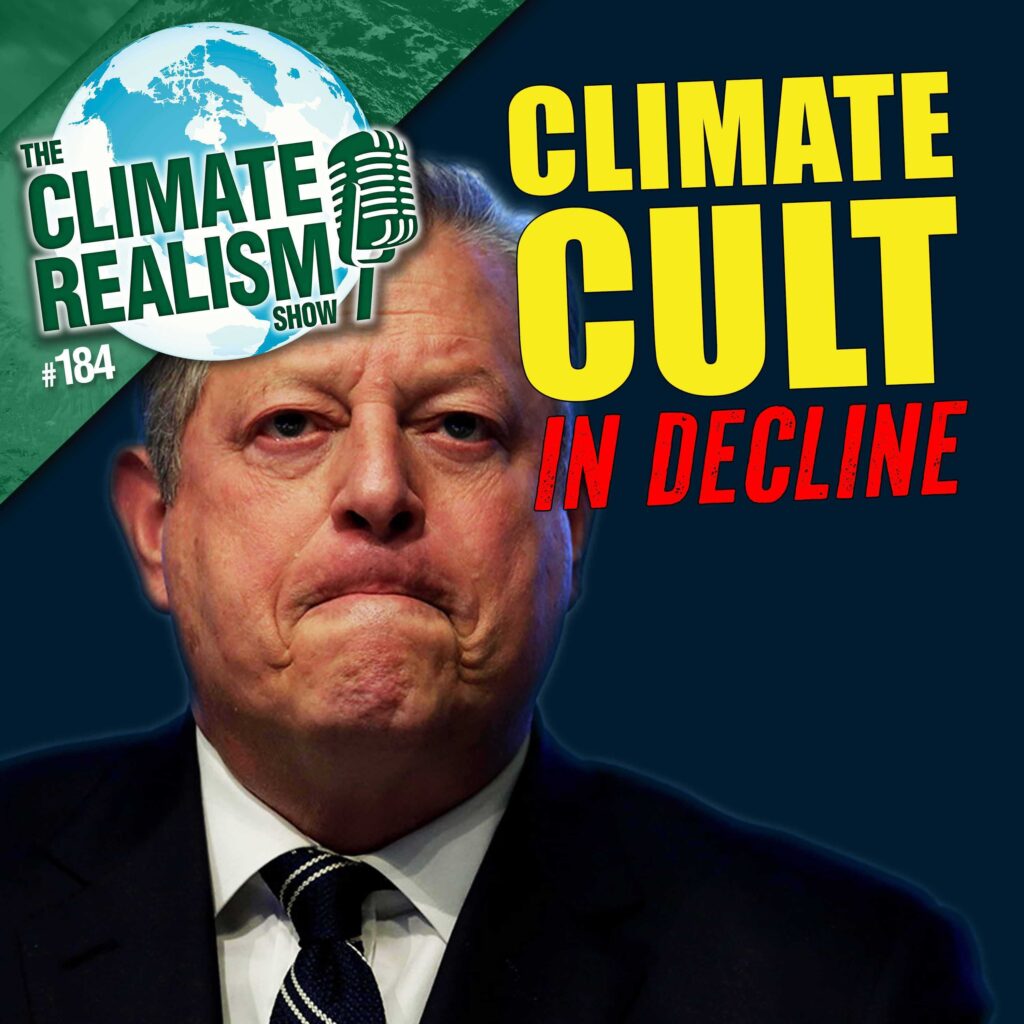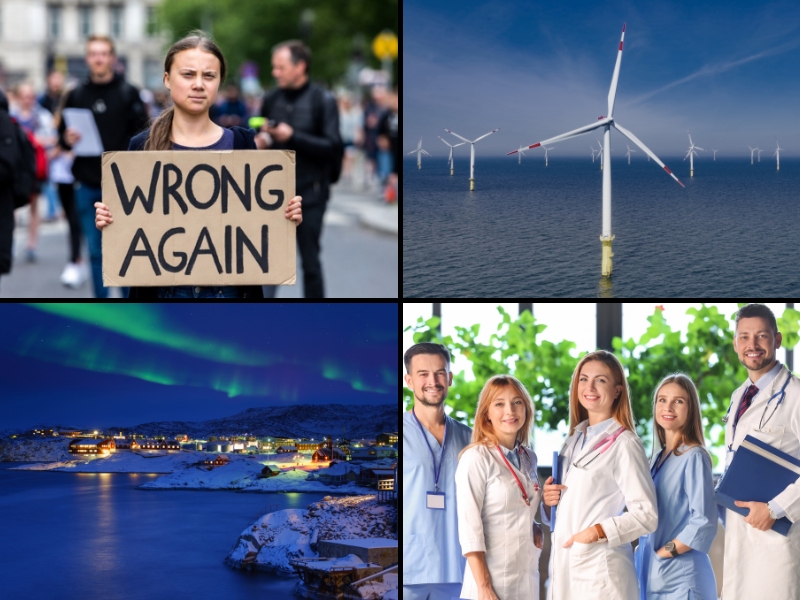Another year has passed and that stubborn ozone hole over Antarctica refuses to go away. Data from the National Aeronautics and Space Administration (NASA) shows that the ozone hole for the fall maximum season grew 22 percent from 2014 to 2015.
World consumption of ozone depleting substances has been reduced to zero over the last three decades, but the ozone hole is as large as ever. Did humans really save the ozone layer?
In 1974, Dr. Mario Molina and Dr. Sherwood Roland of the University of California published a paper asserting that chlorofluorocarbon (CFC) pollution from industry was destroying the ozone layer in Earth’s stratosphere. CFCs were gases used in hair spray, refrigerators and insulating foams. The ozone layer is a layer of atmosphere located between six and 25 miles above the Earth’s surface.
Debunking the “97% of scientists agree on man made climate change” myth
Molina and Roland postulated that human-produced CFCs migrate upward through the atmosphere to the stratosphere, where ultraviolet radiation breaks down CFC molecules, releasing chlorine atoms. Chlorine then reacts as a catalyst to break down ozone molecules into oxygen, reducing the ozone concentration. The more CFCs used, the greater the destruction of the ozone layer, according to the theory.
In 1983, three researchers from the British Antarctic Survey discovered a thinning of the ozone layer over Antarctica, which became known as the ozone hole. Their observations appeared to confirm the theory of Molina and Roland. Molina and Roland were awarded a Nobel Prize in chemistry in 1995 for their work.
The ozone layer is known to block ultraviolet rays, shielding the surface of Earth from high-energy radiation. Scientists were concerned that degradation of the ozone layer would increase rates of skin cancer and cataracts and cause immune system problems in humans. Former Vice President Al Gore’s 1992 book claimed that hunters reported finding blind rabbits in Patagonia and that fishermen were catching blind fish due to human destruction of the ozone layer, but this has not been confirmed.
In an effort to save the ozone layer, 29 nations and the European Community signed the Montreal Protocol on Substances that Deplete the Ozone Layer in September of 1987. Over the next decade, the protocol was signed by 197 nations agreeing to ban the use of CFCs. Since 1986, world consumption of ozone depleting substances (ODS) is down more than 99 percent, effectively reaching zero by 2010.
Flawed climate change science and the IPCC
The Montreal Protocol has been hailed as an international success in resolving a major environmental issue. It has been praised as an example to follow for elimination of greenhouse gas emissions in the fight to halt global warming. But despite the elimination of CFCs, the pzone hole remains as large as ever.
During the period from September to October, just after the Antarctic winter, the ozone hole is the largest for each year. NASA recently reported that from Sept. 7 through Oct. 13, 2015, the ozone hole reached a mean area of 25.6 million kilometers, the largest area since 2006 and the fourth largest since measurements began in 1979.
The hole remains large, despite the fact that world ODS consumption all but disappeared about a decade ago.
Scientists are mixed on when the stubborn ozone hole will disappear. NASA recently announced that the hole will be half-closed by 2020. Others forecast that it will not begin to disappear until 2040 or later. But the longer the hole persists, the greater the likelihood that the ozone layer is dominated by natural factors, not human CFC emissions.



